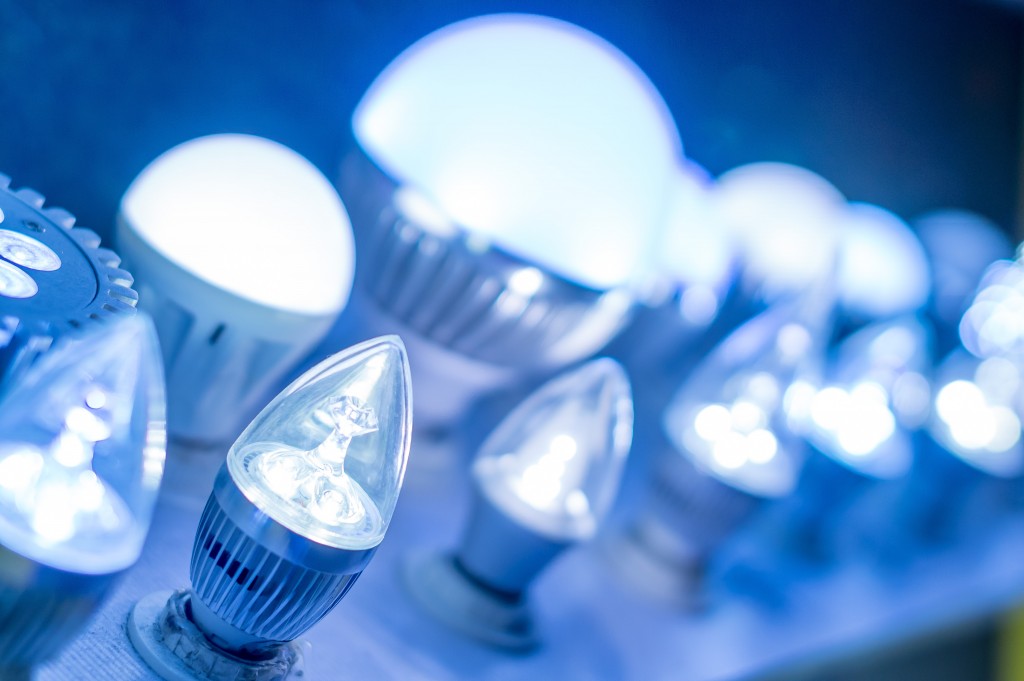It’s hard to imagine a time when electricity didn’t exist, and yet it was the reality for our forefathers. Electricity only became viable for use in technology in the 19th century, which means it has only around for less than 200 years out of the 12,000 years modern humans have walked this planet.
Today, it seems as if electricity is fundamental to the survival of society. We need it to have safe, clean light round the clock, it makes the temperature in our homes bearable, and it gives power to the digital world we need so much. But even though hundreds of millions of Americans consume electricity every day, many don’t put much thought into how electricity transformed the modern world when it was first discovered and harnessed.
Let’s take a trip down memory lane and see how electricity transformed and defined the 20th century when it first became viable for use in technology.
A brief history
The Ancient Greeks discovered that rubbing fur on amber can cause an attraction between the two, giving rise to the discovery of static electricity. In 1930, archeologists and researchers found pots with sheets of copper inside which may indicate that Romans used ancient batteries to produce light. Similar tools and devices were found in digs near Baghdad, which may also indicate that ancient Persians used a similar form of batteries.
But it wasn’t until 1752 when Benjamin Franklin discovered the connection between lightning and electricity, thanks to an experiment involving a key, a kite, a Leyden jar, and a thunderstorm. Fast forward to 1831, when Michael Faraday created a crude power generator, which generated electric current continuously and practically. This opened the door for Thomas Edison and Joseph Swan to invent the light bulb in 1878. Nikola Tesla also has contributions to the discovery and improvement of commercial electricity during the late 1800s and early 1900s.
Business
The rise of commercial electricity rocked the business world in the 20th century. For one, the delivery of electricity to the masses became a race and a bloodbath between renowned inventors and industrialists Edison and Westinghouse, who had Tesla on his side. Like Steve Jobs and Bill Gates who had a contentious rivalry over the decades, Edison and Westinghouse battled it out over alternating current (AC) or direct current (DC), which became known as the “War of the Currents.” Both sides knew that there was only room for one electricity system in America, to the point that Edison tried to sabotage Westinghouse’s efforts through propaganda, claiming that Westinghouse’s push for the use of AC is dangerous. In the end, Edison’s efforts failed and Westinghouse won the contract to provide electricity at the 1893 Chicago’s World Fair, which was attended by 27 million people from all over the world. AC eventually dominated the electric power industry.
In the 20th century, electric companies were racing to supply energy in the nation’s major cities. The priority was supplying power to businesses, although wealthy homeowners already had the luxury of having lighting installed immediately.

Manufacturing industry
Subsequently, daily life in the 20th century was profoundly changed by the distribution of power to the masses. Electric power finally replaced steam power as the major resource for industries during the Second Industrial Revolution, which started around 1860. Because of electricity, work was reorganized into a mechanical process. Electric power impacted labor in that the work was divided so that every workman performed only one stage in the manufacturing process. Before electric power, workers typically worked on the entire process of manufacturing from beginning to end.
Justice system
The justice system was also significantly impacted by the invention of the world’s first electric chair. Invented by Edison’s employees and commissioned by the governor of New York in the late 1880s, the electric chair’s first kill was a German-American who, in a drunken rage and stupor, killed the woman he was living with. Edison was originally against capital punishment and wanted to see it abolished, but he thought that the electric chair was much more humane, quicker, and less painful than hanging.
Since then, electrocution became the second most used method of execution, after the lethal injection. However, two states have banned the use of the electric chair in the 2000s, claiming that it violates their states’ constitutional prohibitions against unusual and cruel punishment.
Today, people rely on electricity to be able to live, work, play, and be comfortable. Nations who are privileged enough to have access to electric power can thrive and advance. Electricity paved the way for all the inventions that followed it. Electrical agencies exist to make sure society can consume energy safely and efficiently. Although it’s a discovery that we easily take for granted, we should remember how it started and the titans who fought to give power to the people.

